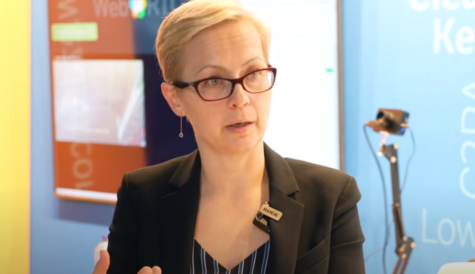
After more than 40 years of operation, DTVE is closing its doors and our website will no longer be updated daily. Thank you for all of your support.
Aricent teams with CableLabs for open source NFV project
Design and engineering company Aricent has teamed up with cable industry technology organization CableLabs for an open source project to create what it describes as a self-managed and optimised virtual infrastructure platform on the Kubernetes and Docker container model.
Aricent cited a recent report by Dell’Oro Group as evidence that the adoption of containers and virtualization technology in the data center can signfiicantly lower the cost of operations and accelerate service delivery. The report covered network function virtualisation (NFV) and related cloud-native technologies, which Aricent said were laying the groundwork for future 5G services by providing the necessary network resilience and agility.

Walid Negm
However, said the technology group, cable operators are still struggling to deploy “cloud-native” technologies because of the operational complexity associated with configuring and maintaining an array of software-defined infrastructure. In addition, new services such as streaming video, gaming and entertainment or industrial IoT applications, depend on differentiated network, compute and storage requirements, it said.
Aricent and CableLabs’ SNAPS Kubernetes platform is intended to provide a de facto standard container model for network functions and microservices in the headend for cable operators, and a managed platform for developers to enable them to provide cloud-based applications for cable.
“We believe in contributing to open source communities because it’s the basis for more decentralised value creation that will accelerate innovation,” said Walid Negm, chief technology officer at Aricent.
“Successful Open Source projects need a community, so in 2017 we worked with CableLabs, the cable industry and ultimately the OPNFV project. With this latest Kubernetes platform, we are delivering more choice for cable companies and cable equipment manufacturers. They can hit the ground running with cloud-native systems, dramatically cut operating costs and secure new sources of revenue.”


